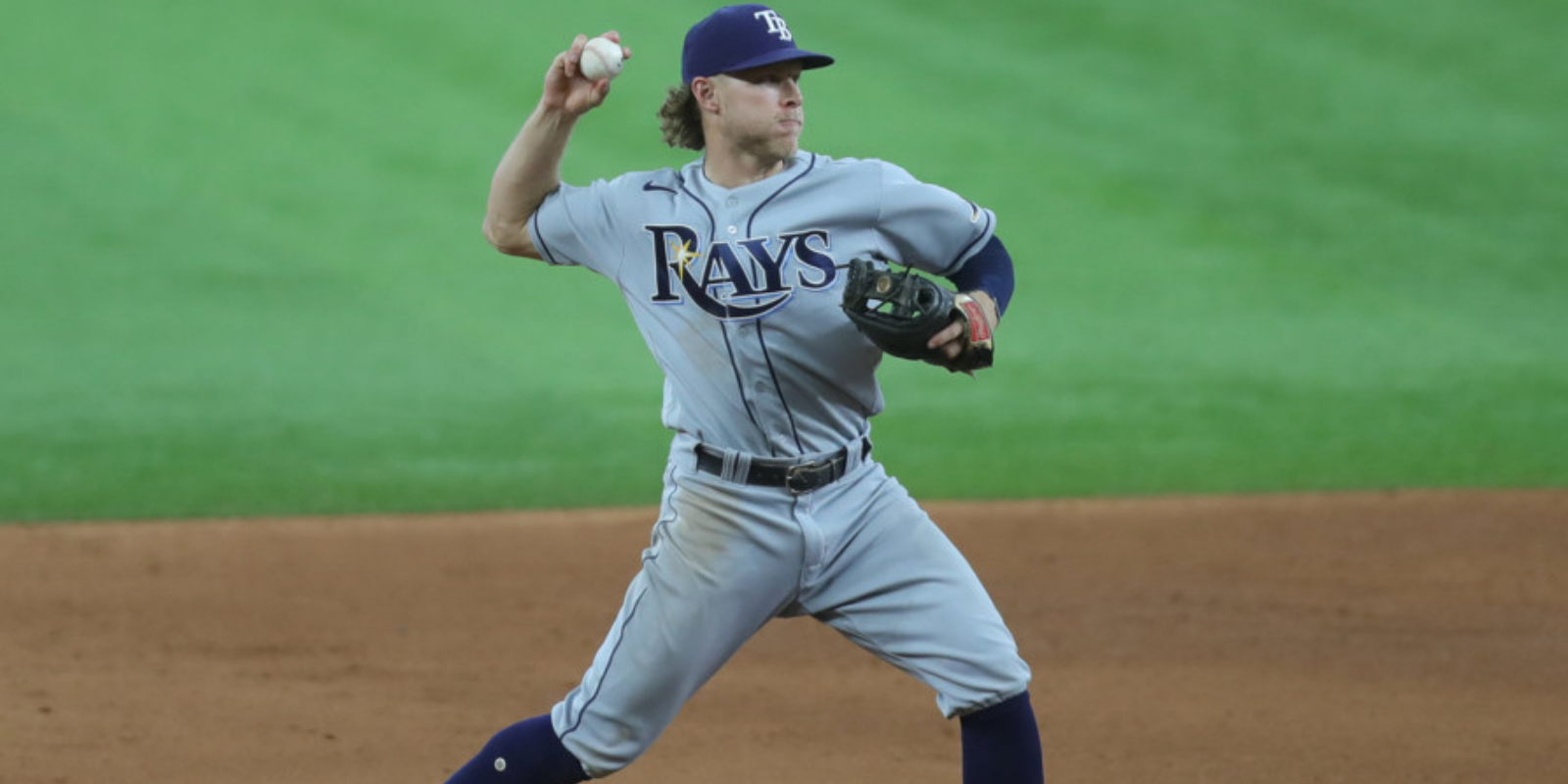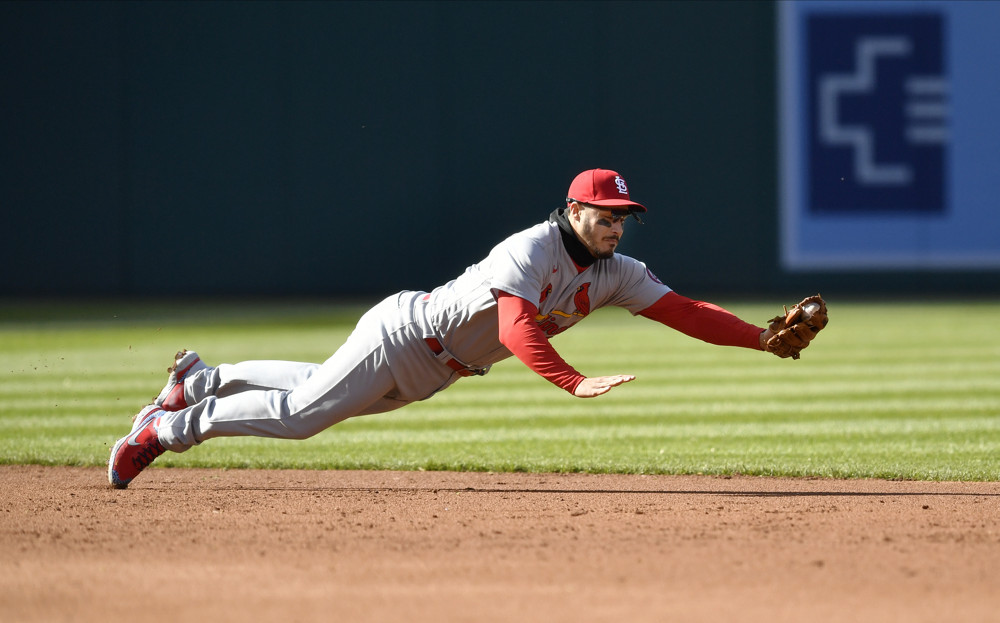BY ALEX VIGDERMAN
This Sunday I spent some of my afternoon watching top prospect Spencer Howard’s debut for the Phillies. His debut was forgettable, but the opposing starter, the Braves’ Max Fried, caught my eye with a strong outing. After five shutout innings allowing four hits and striking out six, Fried is among the early leaders in Fangraphs’ Pitching Wins Above Replacement.
One thing that Fried showed early in Sunday’s contest was confidence throwing his curveball to lead off an at-bat. He started three hitters off with a curve in the first inning, getting two called strikes. Over the course of the game, he threw seven first-pitch strikes, and none of them were swung at.
Despite being part of a strong start for the young lefty, Fried’s curve hasn’t been an effective pitch. This season, it’s been the least valuable curveball in the league by Fangraphs pitch values. But getting it over early in the count gives him an opportunity to “pitch backwards” and keep hitters off balance a bit.
Starting a hitter off with a “get me over” pitch every once in a while makes sense given how passive hitters tend to be in that spot. Here’s a quick comparison between the first pitch of an at-bat and any other pitch.
| Swing % | Misses / Swing | Hard Hits / Swing | |
| First Pitch | 21% | 33% | 14% |
| All Others | 49% | 32% | 14% |
Hitters swing nearly twice as often on curveballs after the first pitch, but their general performance when swinging is similar. So if you’re a pitcher concerned about hitters getting after a shaky hook, leading with it is a nice option.
Here’s a list of the pitchers who have started hitters off with a curveball most often this season.
| Player | First Pitch Curveballs | Curve % – First Pitch | Curve % – After First Pitch |
| Lance McCullers Jr. | 34 | 39% | 31% |
| Sonny Gray | 33 | 35% | 23% |
| Alex Cobb | 26 | 42% | 11% |
| Jose Berrios | 26 | 29% | 27% |
| Dylan Bundy | 25 | 31% | 5% |
Lance McCullers Jr. , who famously threw 24 consecutive curveballs to close out Game 7 of an ALCS against the Yankees, tops the list. He threw 10 first-pitch curveballs to the Giants in his no-hit bid against the Giants on Monday night.
Sonny Gray—who was the only pitcher to throw more first pitch curveballs than Fried on Sunday—is having an outstanding start to the season. That’s been driven by an excellent curveball, which has been the most effective in MLB.
Alex Cobb and Dylan Bundy stand out because they throw their curveballs more than three times as often on the first pitch compared to any other point in the at-bat. Bundy in particular is having a resurgence to start his Angels career, with his curveballs already accumulating more value than any other season of his career.
Let’s continue down this rabbit hole, with Bundy as the poster boy.
So far, hitters have swung only twice at his 25 0-0 curveballs. He’s taken advantage with 16 called strikes, but he’s also taken advantage by avoiding any risk of hard contact. Thanks to a combination of batter patience and the element of surprise, he can afford to leave his breaking ball out over the plate a bit more.
With that in mind, we can try to find candidates who could benefit from mixing things up to lead off an at-bat and get away with an underperforming curveball. For example, here’s a list of players who since the start of 2019 have allowed hard contact on at least 15 percent of swings on curveballs, thrown at most 10 percent curveballs on the first pitch, and have thrown at least 10 percent curveballs after the first pitch. Players also needed to have thrown at least 1,000 pitches in that time, as well.
Candidates to Throw More First Pitch Curveballs
- Clayton Kershaw, Dodgers
- Walker Buehler, Dodgers
- Antonio Senzatela, Rockies
- Jon Gray, Rockies
- Daniel Mengden, Athletics (since moved to the bullpen)
One thing that jumps out from this list is that multiple names appear from two teams. There’s some possibility that a team approach or game plan leads to more or less “pitching backwards.” This brings to mind that any kind of recommendation like “throw more curveballs to start off a plate appearance” has to be taken within the context of the broader strategy that a team or pitcher wants to employ.
But it’s interesting that even players with tremendous track records (e.g. Kershaw) or varying degrees of recent success (e.g. Buehler in recent seasons or Senzatela in recent weeks) still would benefit from finding new opportunities to keep hitters off balance.


